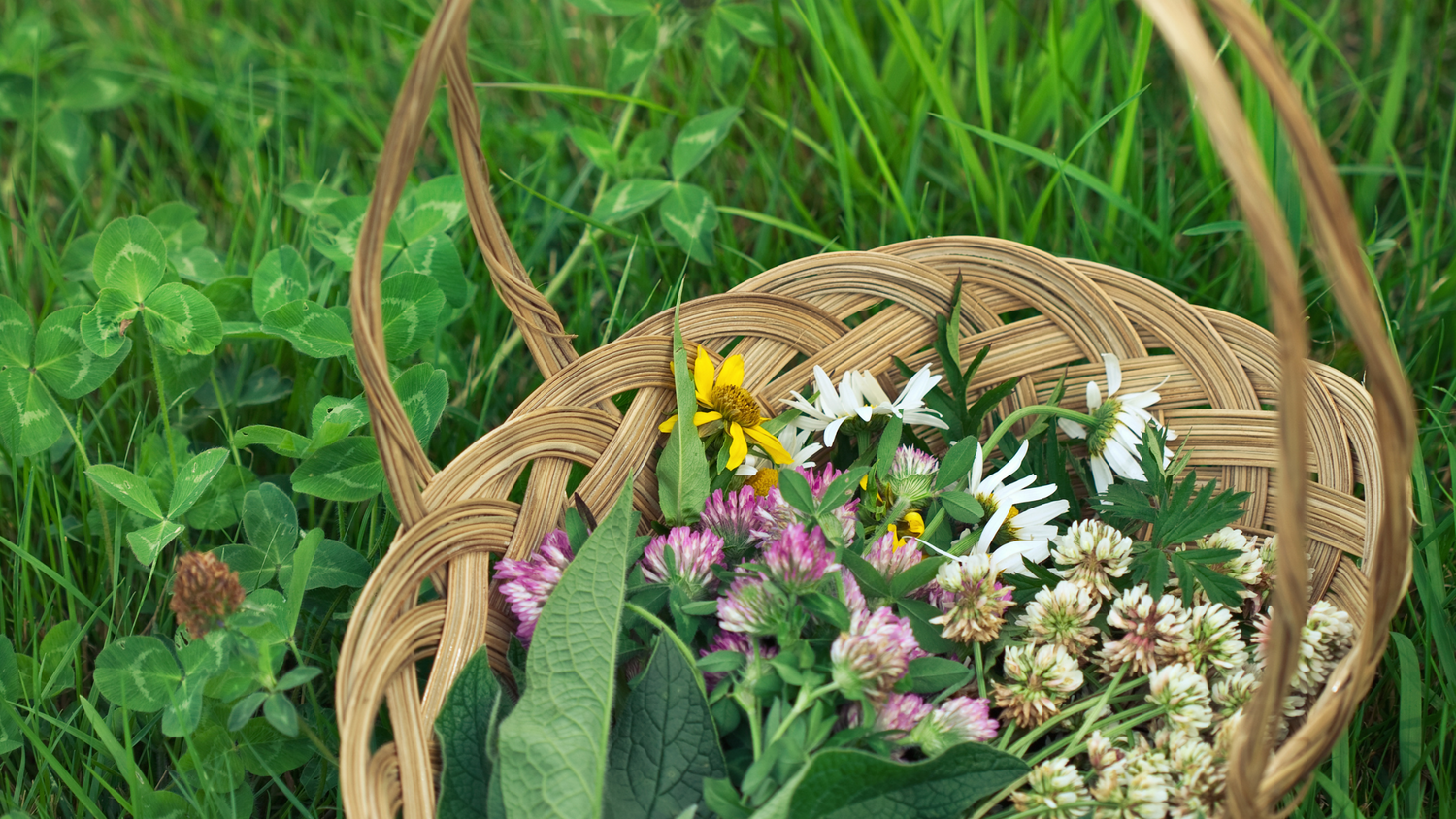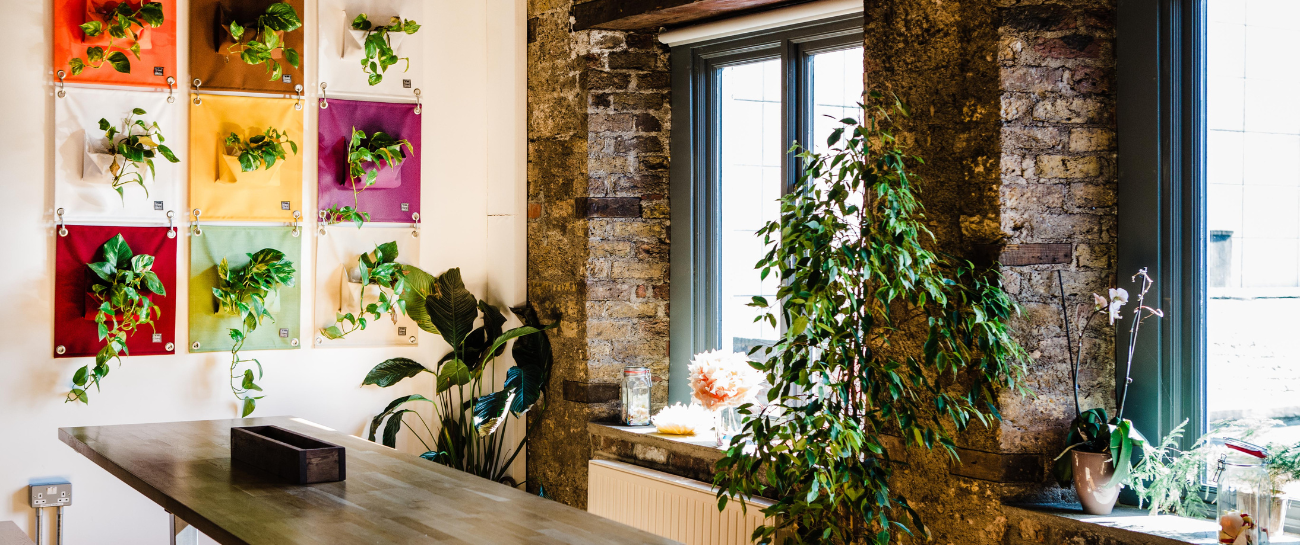Are your Devil’s Ivy vines creeping just a little too long? Is your spider plant producing way too many babies for you to control? Or, do you simply want to create indoor jungle vibes on a budget?
Plant propagation might just be for you!
Propagating plants is an easy and inexpensive way to multiply your plant collection, create new plants to give away or swap with your fellow plant parent fam.
If you’re entirely new to plant propagation or if you’re scratching your head wondering what it even is, don’t stress! With the right tools and techniques, anybody can turn over a new leaf. Consider this your ultimate guide to getting started and putting the “pro” in propagation!

What is plant propagation?
Chances are, if you have ever planted a seed or stuck a stem in water until it forms new roots, you have experience propagation! Propagation is the process of reproducing plants from a single parent plant. It is an inexpensive and easy way to get new plants from plants you already have.
There are many benefits to plant propagation. The main reason many plant parents might be intrigued to propagate is the allure of free plants! Growing new plants from ones you already own is a great way to expand your indoor garden on a budget.

What does the plant propagation process look like?
There are various methods to plant propagation, and the technique you choose will depend on the type of plant you wish to propagate and the amount of time and effort you want to put into it. The most popular methods of propagation for beginners include cutting, layering and division.
Cutting
Propagation using cuttings is one of the most popular methods for beginners. It involves taking a cutting from a section of the original plant to regenerate into an entirely new plant. Look for a healthy stem absent of pests or buds. Cut a 45°angle using a sharp knife. Cuttings should be approximately 3-5inches long and should include the tip of the stem and at least 2-3 sets of leaves. Place the cutting into a small pot with moist potting mix and perlite. Once the cuttings have developed roots, replant in another slightly larger container with most soil. This method works well with Jade plants, Snake Plants and ZZ plants.
Layering
Layering is an excellent technique for leggy plants with long, reaching vines. It’s a reliable way of creating new plants but might take a while longer than other methods. With layering, you don’t have to cut or sever any part of the existing plant. Instead, simply take a stem or branch and bury part of it in the soil, and leave until new roots and shoots start to grow. Once the new plant has propagated, cut it from the original and plant it in a separate pot. This method works well with the Pothos plant, English Ivy or Spider Plant.
Division
Division involves dividing or splitting a plant into smaller sections to then replant. The root division method is excellent for larger plants that have become congested and should be spread out a little. Most perennials profit by division (aka root division) as they grow older. A few days before propagating, make sure to water your plant generously to make the division easier. Dig around the plant and pull it out of the earth. Pull apart the plant if it is easy enough to do so, but if not, use a sharp knife. Place the sections back into separate pots and water accordingly. This method works well with Boston Ferns, the Peace Lily, Cast Iron Plant & Snake Plant.

When is the right time to propagate my plant?
This largely depends on the type of plant.
We recommend softwood propagation in the growing season, during the warmth of early spring to late summer. This is when plants generally are in their growth phase and will respond better to change. In contrast, hardwood propagation is more suited to late autumn/winter periods.
Remember that the better condition of the parent plant, the more likely the propagation is to succeed. You need to prepare your plant before propagation, ensuring it is adequately watered, pest-free, and there’s no sign of unusual leaf loss.

What are the best and worst plants to propagate?
For your first time propagating a plant, it’s best to choose a healthy, hardy, easy-to-grow plant with standard, developed roots that you’ve had for a while. This ensures that its roots are established in its pot and that the parent plant will have no adverse effects from being propagated.
The best plants to propagate are those that are hardy and fast-growing. Spider plants, pothos and snake plants all take to propagation relatively well. Unhealthy plants, fussy plants (with complicated care requirements or sensitivity to temperature fluctuations/movement) are best left alone.

How long does it take for new roots to propagate?
We get it, you’ve replanted your new plant baby, and now you’re waiting eagerly to see it bloom. Unfortunately, plant propagation requires a level of patience. Every plant’s growth rate varies, and it can depend on several factors, including; temperature and humidity levels in your home. Roots form most quickly on cuttings when they’re kept in a warm environment (approx 21°C). Keep the cuttings in bright, indirect light, moistening the medium whenever the top feels dry to the touch. Keep the cuttings in bright, indirect light, moistening the medium whenever the top feels dry to the touch. You can generally expect to see some action within the first 3-4 weeks for most plants.

What tools do I need for plant propagation?
The type of tools you need will depend on the method of propagation you choose. However, there are generally just a handful of materials required (and chances are you might already have them in your home!)
We recommend having the following items on hand:
- A plant to propagate
- Quality indoor potting spoil
- Garden gloves
- A small vase/ drinking container or starter pots
- Room temperate water
- Clean, sharp scissors or pair of clippers
- Lots of Patience
Ensure that your workspace is clean and clutter-free to avoid germs contaminating the new roots/cuttings.





